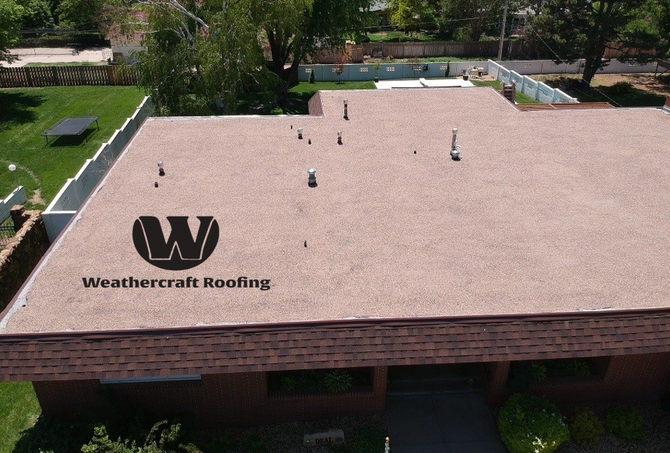Increasingly favored for commercial properties, flat roofs offer several benefits like reduced costs, easy upkeep, and increased functionality. This article will delve into why flat roofs are an ideal choice for your building, showcasing how they save both money and time over the long term.
Why Flat Roofs Are Beneficial for Commercial Properties
Flat roofs are a smart choice for commercial properties due to their versatility and functionality. One of the main advantages is the ease of installation—flat roofs are quicker to install compared to traditional pitched roofs. This reduces labor costs and installation time, making it an efficient option for commercial builders.
Flat roofs allow you to make the most of your available space. Since the roof is flat, it can be used for other functional purposes, including the installation of HVAC units, solar panels, or even creating a rooftop garden. This is particularly beneficial for commercial buildings in space-constrained urban areas.
Top Materials for Flat Roofs: EPDM, TPO, and PVC
Flat roofs are made from a range of materials, each offering specific advantages. The most popular materials for commercial flat roofing are as follows:
EPDM (Ethylene Propylene Diene Monomer)
EPDM is a synthetic rubber material renowned for its strength and resistance to extreme weather conditions. Perfect for flat roofs in both cold and hot climates, EPDM is durable, easy to install, and low-maintenance, offering excellent protection against leaks.

TPO (Thermoplastic Olefin)
TPO (Thermoplastic Olefin) is a highly reflective material that helps improve energy efficiency by minimizing heat absorption. It is resistant to UV rays and ozone, which makes it a great option for buildings in sunny areas. TPO is also known for its puncture resistance and ability to withstand harsh weather conditions.
PVC: Long-lasting Protection for Flat Roofs
PVC (Polyvinyl Chloride) is a highly durable material that resists water, fire, and chemicals. Known for its long lifespan, PVC is ideal for high-traffic areas due to its resistance to wear and tear. PVC offers excellent protection for flat roofs in harsh conditions and with heavy use.
Maintenance Tips for Flat Roofing Longevity
Flat roofs are sturdy but need regular maintenance to last longer. Below are some key maintenance tips to help you keep your commercial flat roof in top condition:
- Regularly check your roof for debris like leaves or branches that can block drainage systems.
- Ensure that gutters and downspouts are clean and free from blockages to prevent water buildup.
- Arrange for yearly roof inspections with a qualified roofing professional to detect any wear and tear.
- Make necessary repairs promptly to avoid further damage, especially if there are cracks or punctures in the roofing material.
Why Flat Roofs Are Cost-Effective in the Long Run
Flat roofs provide excellent value over time. Their lower initial installation costs and easier maintenance can save you money in the long run. The simplicity of inspections and repairs helps reduce ongoing expenses.
The flat roof offers the opportunity to use the space for energy-saving purposes, such as adding solar panels or HVAC systems. This can reduce energy costs, and flat roofs often help improve insulation, lowering heating and cooling expenses.
Conclusion: Making the Right Flat Roof Choice for Your Business
Flat roofs provide numerous benefits for commercial buildings, from cost savings and ease of maintenance to versatility. Proper material selection and maintenance will ensure your flat roof remains functional and valuable for many years. Work with a knowledgeable contractor to ensure the right choice for your business.
Looking for expert advice on flat roofing? Reach out today for a consultation, and let us help you find the perfect flat roofing solution for your commercial property!
#FlatRoofing #CommercialRoofing #RoofInstallation #EPDM #TPO #PVC #RoofMaintenance #EnergyEfficiency #BusinessRoofing